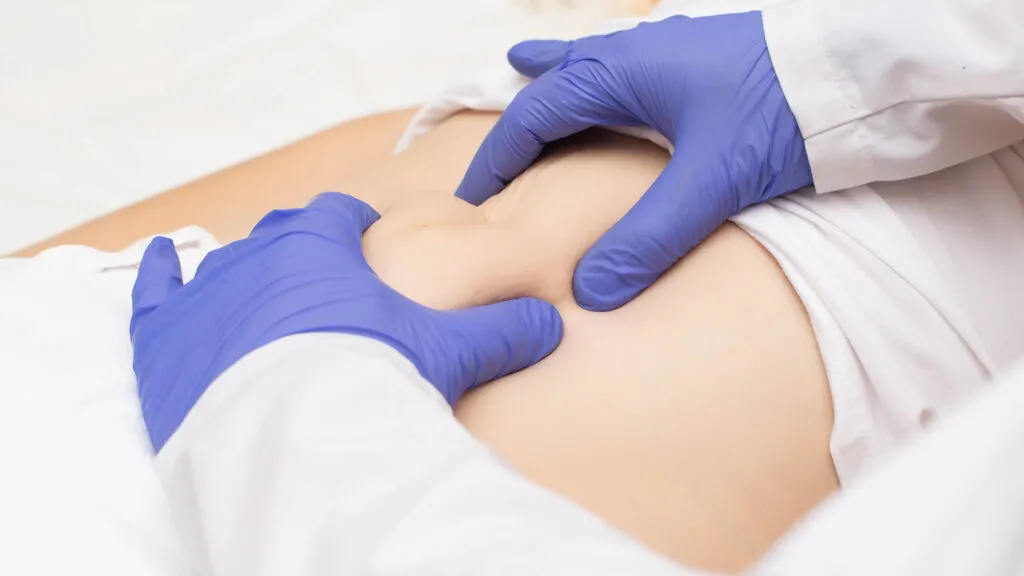A hernia occurs when an internal part of the body, such as a portion of the intestine, pushes through a weakened area in the surrounding muscle or tissue. Hernias are relatively common and can affect people of all ages. While some hernias are present at birth, others develop over time due to factors such as heavy lifting, straining, or even natural wear and tear as the body ages. If left untreated, a hernia can lead to significant complications, which is why early diagnosis and treatment are essential.
Types of Hernias
There are several types of hernias, with the most common being inguinal (groin), femoral, umbilical, and incisional hernias. The symptoms can vary depending on the location and severity of the hernia but typically include a visible bulge, pain or discomfort, especially when lifting or bending, and in some cases, nausea or vomiting if the hernia becomes trapped. If you notice any of these symptoms, it is important to seek medical attention promptly, as an untreated hernia can lead to complications such as strangulation, where the blood supply to the affected area is cut off, leading to tissue damage.
Hernia Treatment
The treatment of a hernia typically involves surgical intervention, as this is the most effective way to repair the defect and prevent further complications. The surgical approach for hernia repair can vary depending on the type of hernia, the patient’s overall health, and their preferences.
Open surgery is the traditional method for hernia repair. During this procedure, an incision is made near the site of the hernia, and the protruding tissue is pushed back into place. The muscle or tissue wall is then reinforced with sutures or mesh to prevent the hernia from recurring. Open surgery is typically performed under general anaesthesia, and patients can expect to stay in the hospital for a short period following the procedure. While the recovery time may be a little longer than with laparoscopic surgery, open surgery is still a very effective method for hernia repair, particularly in cases where the hernia is large or complex.
Laparoscopic surgery, also known as keyhole surgery, is a more modern approach that involves smaller incisions and the use of a camera to guide the surgeon. This technique offers several advantages over traditional open surgery, including smaller scars, reduced pain, and a faster recovery time. In laparoscopic hernia repair, small incisions are made, and a laparoscope (a thin tube with a camera) is inserted to allow the surgeon to view the hernia. Special surgical instruments are then used to repair the hernia, often with the placement of a mesh to reinforce the weakened area. The minimally invasive nature of this procedure means that patients generally experience less discomfort and can return to their normal activities more quickly.
In both open and laparoscopic surgery, the aim is to repair the hernia and strengthen the surrounding muscle wall to prevent recurrence. The use of mesh, a common feature in modern hernia repairs, has been shown to reduce the likelihood of the hernia returning by providing additional support to the weakened area. The mesh is typically made of synthetic material and is designed to integrate with the body’s natural tissues over time.
Post-surgical care is a vital part of the hernia treatment process, regardless of the surgical approach used. After surgery, patients are typically advised to rest and avoid strenuous activities for a period of time to allow the body to heal. Pain management is an essential part of recovery. Patients are also encouraged to gradually increase their physical activity as part of their rehabilitation, but only once it is safe to do so.
The success rates for hernia surgery are generally very high, with most patients experiencing significant improvement or complete resolution of their symptoms following treatment. However, as with any surgery, there are some risks, including infection, bleeding, or recurrence of the hernia. It is important to discuss these risks with your surgeon beforehand to fully understand the procedure and make an informed decision.
After Surgery
Preventing the recurrence of a hernia after surgery involves adopting certain lifestyle changes and following the surgeon’s post-operative advice. Maintaining a healthy weight, avoiding heavy lifting or straining, and engaging in regular exercise to strengthen the abdominal muscles can all help reduce the risk of developing another hernia in the future. It’s also essential to follow a balanced diet that promotes healing and supports overall health.
In conclusion, hernia treatment involves a thorough assessment, a personalised surgical plan, and dedicated post-surgical care. Whether opting for open surgery or laparoscopic surgery, the goal is to restore the integrity of the muscle wall and prevent complications. If you suspect you have a hernia or are experiencing symptoms, it’s important to seek professional medical advice. A private surgeon like Mr Andrew Clarke provides high-quality care and support to ensure that you achieve the best possible outcome and enjoy a full recovery.
